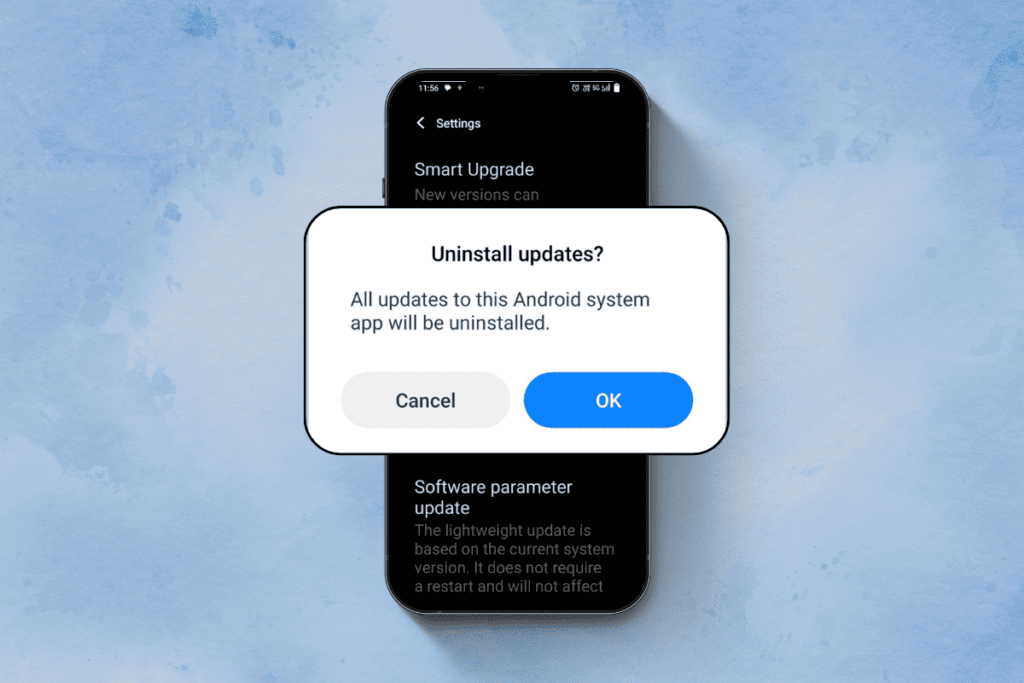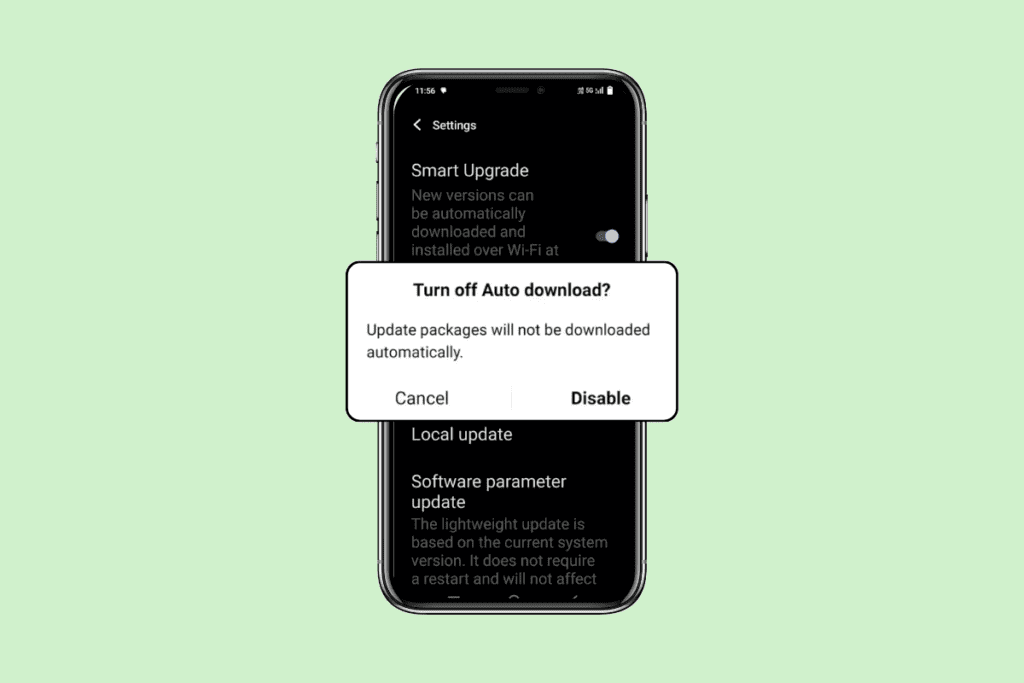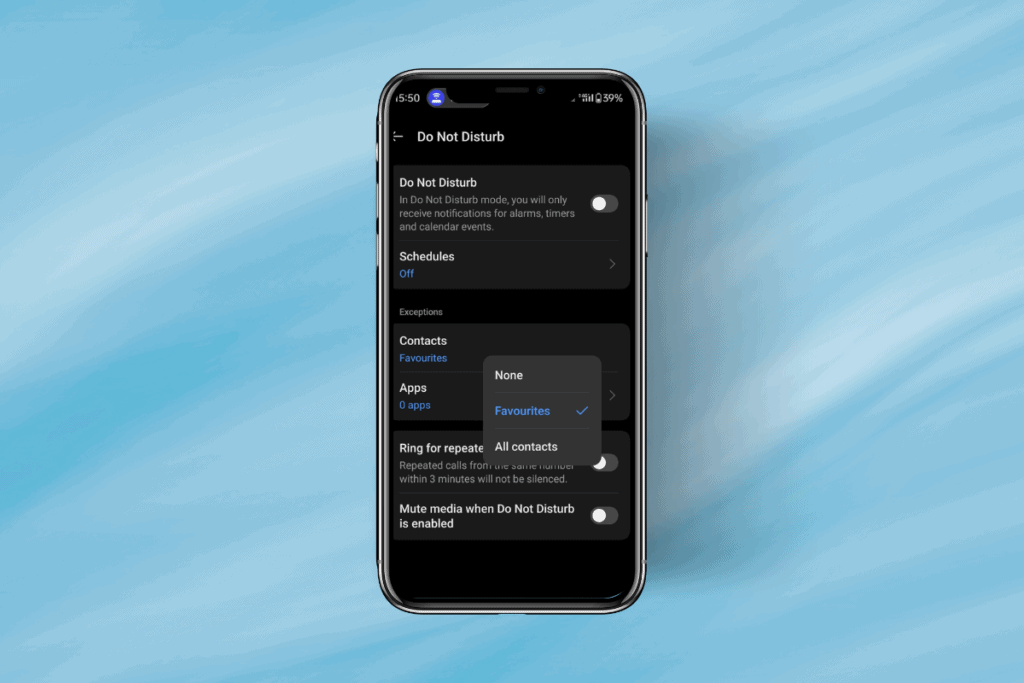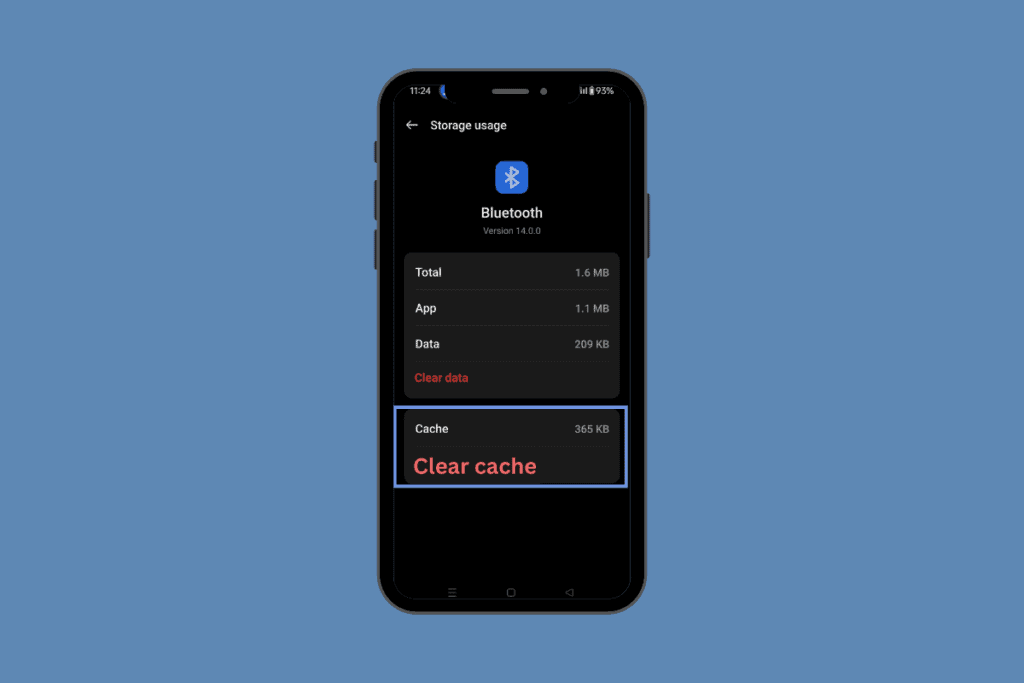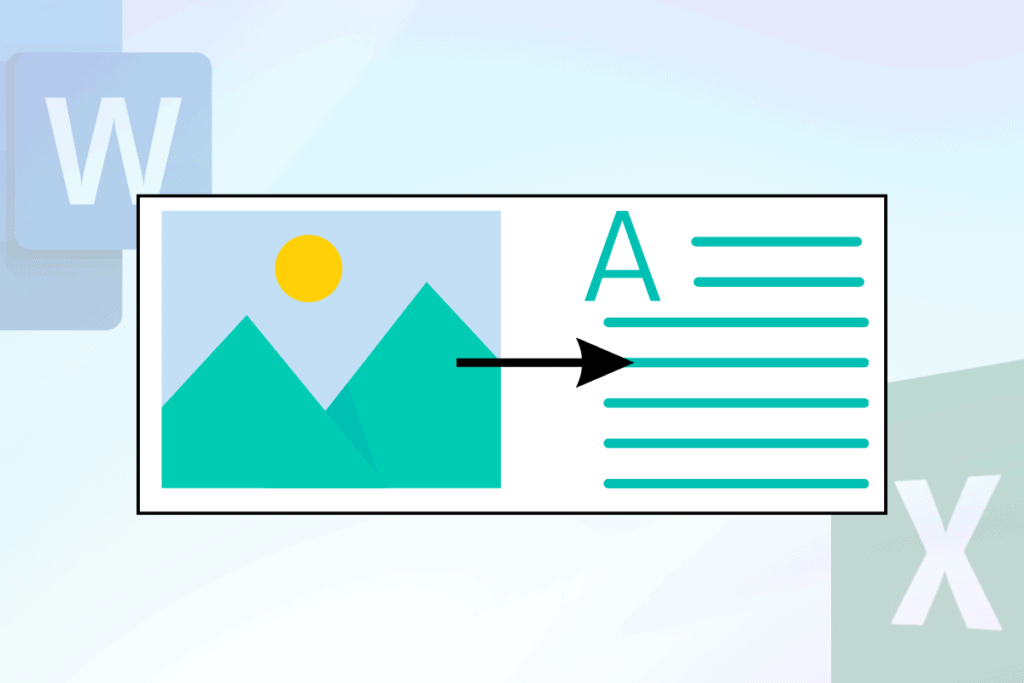Welcome to the world of Obsidian, a digital space where creativity and productivity meet. One of the most exciting features of Obsidian is the ability to link notes together enabling you to create a web of interconnected ideas and inspiration. In this blog, we will learn about Obsidian and find answers to questions like what is a second brain Obsidian, is Obsidian free to use or how to link daily notes in Obsidian.

How to Link Notes in Obsidian
Obsidian can be a fantastic app for people who think in a non-linear manner. If you are someone who is creative but keeps floating between ideas, this article is for you. To learn more about if is Obsidian free and Obsidian how to link notes and more, keep reading until the end!
What is Obsidian?
The Obsidian app is a remarkable digital tool that has taken the world of note-taking and knowledge management to new heights. With its powerful features and intuitive interface, Obsidian allows users to capture their ideas, thoughts, and notes flexibly and interconnectedly.
What sets Obsidian apart from other note-taking apps is its unique approach to note-taking. Unlike traditional note-taking tools that treat each note as a separate entity, Obsidian allows users to create a network of notes that are interconnected through links, tags, and other metadata. This approach to note-taking enables users to create a second brain that helps them organize and connect their thoughts, ideas, and knowledge intuitively and naturally. By providing a bird’s-eye view of your notes, Obsidian empowers you to discover new connections and insights you may not have seen.

Also Read: What is AR Zone App?
What is a Second Brain Obsidian?
A second brain is a term used to describe a personal knowledge management system that helps individuals store, organize, and connect their ideas, thoughts, and notes. Obsidian is a note-taking app that is specifically designed to help users create and manage their second brain.
- With Obsidian, users can create a network of interconnected notes that reflect the way they think and work. This network of notes can include anything from ideas, research notes, to-do lists, and more. Obsidian’s unique approach to note-taking allows users to connect their notes in a way that reflects the connections between ideas and concepts.
- By creating a second brain in Obsidian, users can easily access and retrieve their notes, allowing them to make connections and discover insights that they may not have seen before.
- This second brain system also enables users to stay organized, focused, and efficient, making it an essential tool for students, researchers, writers, and anyone who wants to manage their knowledge and ideas more effectively.
Now, let’s see if is Obsidian free or not and Obsidian how to link notes.
Is Obsidian Free?
Yes, Obsidian is free for personal use. So, whether you’re a student, researcher, writer, or just someone who wants to organize your thoughts and ideas, Obsidian is a game-changer. With its powerful features and elegant design, it’s no wonder that Obsidian has become one of the most popular note-taking apps on the market today.
But you can also opt for the following paid versions:
- Catalyst: $25+
- Commercial: $50
Also, there are paid add-on services you can utilize:
- Sync: $8
- Publish: $16
Learn more about these versions on the Obsidian Pricing page.

Also Read: Is DaVinci Resolve Free?
Is Obsidian Safe for Note-Taking?
Yes, Obsidian is a safe and secure option for note-taking, thanks to its local storage, encryption, and password protection features.
- Users can trust that their notes and data are protected from unauthorized access and security breaches.
- Since data is stored locally on the user’s computer, the data is not stored on any external server or cloud service. This reduces the risk of data breaches or unauthorized access to your notes.
- Moreover, Obsidian encrypts all data at rest on the user’s computer, ensuring that your notes are protected even if someone gains access to your device.
- Obsidian also allows users to add an additional layer of security by password-protecting specific notes or folders.
Do Obsidian Notes Save Automatically?
Yes, Obsidian notes are saved automatically as you write and edit them. Unlike traditional note-taking tools where you have to manually save your notes, Obsidian uses an auto-save feature that saves your changes in real-time. This auto-save feature ensures that you never lose any of your notes, even if your computer crashes or loses power unexpectedly. As long as you have been regularly saving your notes, you can easily pick up where you left off without losing any progress.
Additionally, Obsidian’s auto-save feature allows users to focus on note-taking without worrying about constantly saving their work. It means that users can stay in their creative flow and not be disrupted by the need to save their notes manually.
How to Link Daily Notes in Obsidian
Linking daily notes in Obsidian is a great way to connect your notes and create a network of interconnected ideas. Here are the steps on how to link notes in Obsidian:
1. Open the Obsidian application on your PC or laptop.
2. Firstly. click on the Settings gear icon from the bottom left corner.
![]()
3. Switch to the Files & Links tab and turn on the toggle for the Automatically update internal links option.

4. Now, return to the home screen of the Obsidian app and click on the New note icon, as shown.
![]()
5. Name the new note, like Daily Notes. This note will be your hub for all your daily notes.
6. Create a new note for each day and name it using the date format (e.g., “2023-02-28” for February 28th, 2023).
7. In your Daily Notes, add a link to each daily note. To do this, type [[ to open the link syntax and start typing the name of the daily note.
8. Select the desired note from the list of options that appear and hit the Enter key. The link will now appear in your Daily Notes.
Note: In each daily note, add the content you want to capture, such as thoughts, ideas, tasks, events, or anything else you want to remember.
9. As you add content to your daily notes, you may want to link to other notes in your Obsidian vault. To do this, highlight the desired text you want to link and use the same link syntax as before, i.e. [[ and start typing the name of the note you want to link to.
By following these steps, you can easily create a network of interconnected daily notes in Obsidian. This system enables you to capture your daily thoughts and ideas, connect them to other notes, and discover new insights that you may not have seen before. Read from the start to learn if is Obsidian free and what is a second brain Obsidian.
Also Read: How to Link Trello Cards Across Boards
What are the Obsidian Notes Examples?
Obsidian notes are flexible and customizable, allowing users to create a variety of notes for different purposes. Here are a few Obsidian notes examples showing the ways in which users are using Obsidian:
- Meeting Notes: One example of an Obsidian note is meeting notes. Users can create a note for each meeting they attend and capture the key takeaways, decisions, and action items. They can also link to other notes or resources that are relevant to the meeting.
- Research Notes: Obsidian is an excellent tool for research notes. Users can create notes for each research topic they are exploring, capture key findings and insights, and link to other notes or sources. They can also use tags to organize their research notes and create a network of interconnected ideas.
- Personal Journal: Another example of an Obsidian note is a personal journal. Users can create a note for each day and capture their thoughts, ideas, and reflections. They can also link to other notes or resources that are relevant to their journal entries.
- Project Management: Obsidian is also useful for project management notes. Users can create notes for each project they are working on and capture key milestones, tasks, and deadlines. They can also link to other notes or resources that are relevant to the project.
- To-Do List: Obsidian notes can also be used for to-do lists. Users can create a note for their to-do list and capture all the tasks they need to complete. They can also use tags to organize their tasks by project, priority, or deadline.
These are just a few examples of notes in Obsidian. With its flexible and customizable note-taking system, Obsidian is suitable for a wide range of purposes and workflows. Users can tailor their notes to fit their specific needs and preferences.
Recommended:
- Fix Windows Update Error Code 0x800b0108
- How to Enable Crossplay on Warzone
- Top 23 Best Notes App for Android
- How to Unlink WhatsApp from Facebook Page
We hope that you learned about whether is Obsidian free and how to link notes in Obsidian. Feel free to reach out to us with your queries and suggestions via the comments section below. Also, let us know what you want to learn about next.


